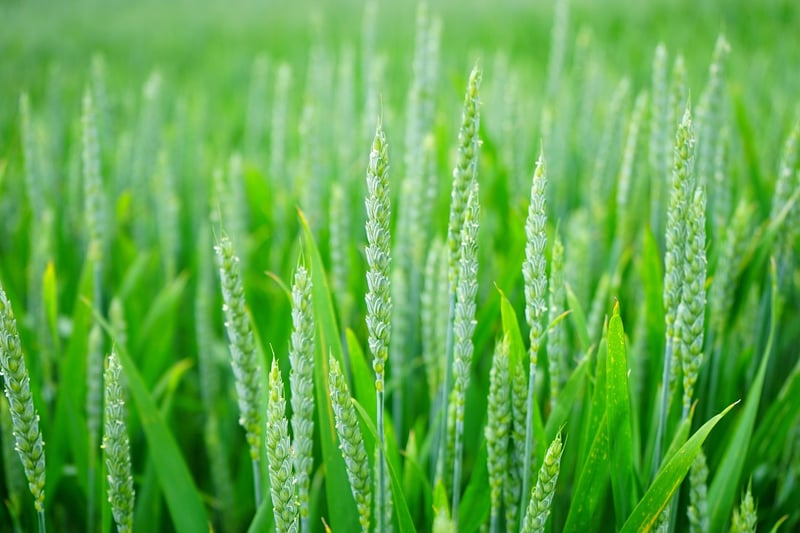Crop Rotation
Enhance Soil Fertility with Crop Rotation
Soil fertility is crucial for successful farming and sustainable agriculture. One effective way to improve soil fertility and increase crop yields is through crop rotation. Crop rotation is a farming technique where different crops are planted in the same area in sequential seasons or years. This practice helps maintain soil health, prevent pest and disease buildup, and enhance nutrient availability.
Benefits of Crop Rotation
Crop rotation offers numerous benefits for both the soil and the crops grown:
- Improved Soil Structure: Different crops have varying root structures, which can help break up compacted soil and improve drainage.
- Nutrient Cycling: Rotating crops with different nutrient requirements can prevent depletion of specific nutrients in the soil.
- Pest and Disease Control: Planting different crops disrupts pest and disease life cycles, reducing the need for chemical interventions.
- Weed Suppression: Some crops can naturally suppress weeds, reducing the need for herbicides.
- Increased Yield: By maintaining soil fertility, crop rotation can lead to higher yields and better quality crops.
Example Crop Rotation Plan
Here's an example of a simple crop rotation plan for a three-year cycle:
- Year 1: Plant legumes such as soybeans to fix nitrogen in the soil.
- Year 2: Follow with a cereal crop like corn or wheat to utilize the nitrogen fixed by the legumes.
- Year 3: Rotate with a root crop like potatoes or carrots to break disease cycles and improve soil structure.
Implementing Crop Rotation
When implementing crop rotation, consider the following tips:
- Plan your crop rotation based on the specific needs of your soil and climate.
- Include cover crops during fallow periods to protect and nourish the soil.
- Avoid planting crops from the same family successively to prevent disease buildup.
- Monitor soil health regularly through testing to adjust your crop rotation plan if needed.
By incorporating crop rotation into your farming practices, you can enhance soil fertility, promote sustainable agriculture, and achieve better crop yields in the long run.

Image source: Pixabay
